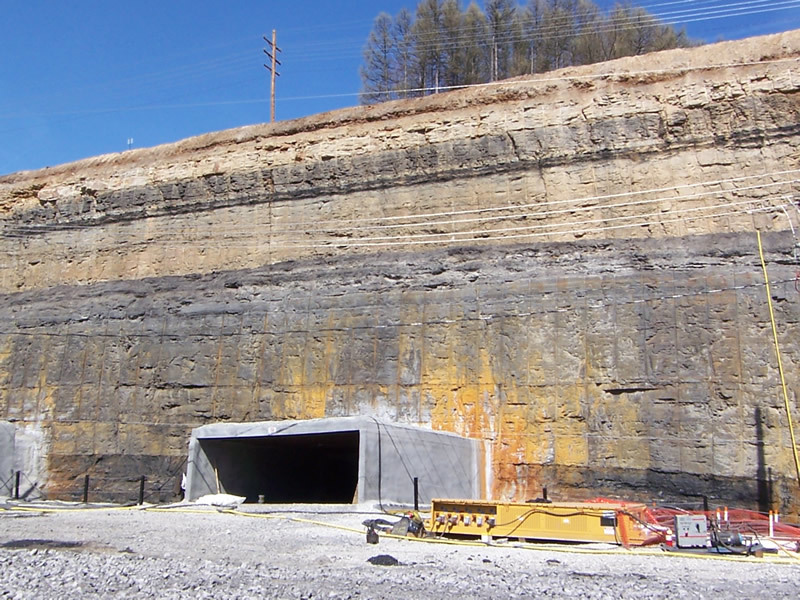Geotechnical Evaluation of Roof & Floor Conditions

The delineation of geotechnical factors controlling mining conditions is an integral part of a comprehensive reserve evaluation. Geological and geotechnical complexities are analyzed and mapped by qualified MM&A staff to determine rock strata impacts on mining conditions and to predict preferred areas for mine development. MM&A geologists can manage the acquisition of geotechnical data and design a testing program and then assess geotechnical properties of critical strata. Experienced geologists then map the occurrence of these strata based on their knowledge of depositional environments and geological settings. This provides you with a unique and accurate understanding of your assets that also includes predictions of geological impacts on mining.
Rock core is geotechnically logged and photographed by geologists. Specific empirical analyses of each stratum are performed that include: Rock Mass Rating (RMR and CMRR) based on uniaxial compressive strength and other critical rock mass properties; Rock Quality Designation (RQD); and fracture analyses (including average fracture spacing and fracture condition) calculated directly from the fracture log. The results of the empirical analyses are displayed on a computer-generated geotechnical log showing: strata lithology and thickness; visible strata defects; visual rock mass quality assessment; spacing of discontinuities; RQD percentage; weathering; and location of all strength test samples.
